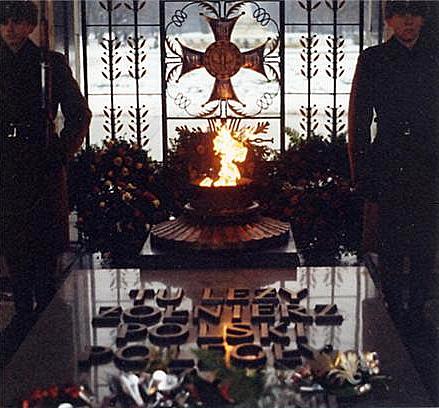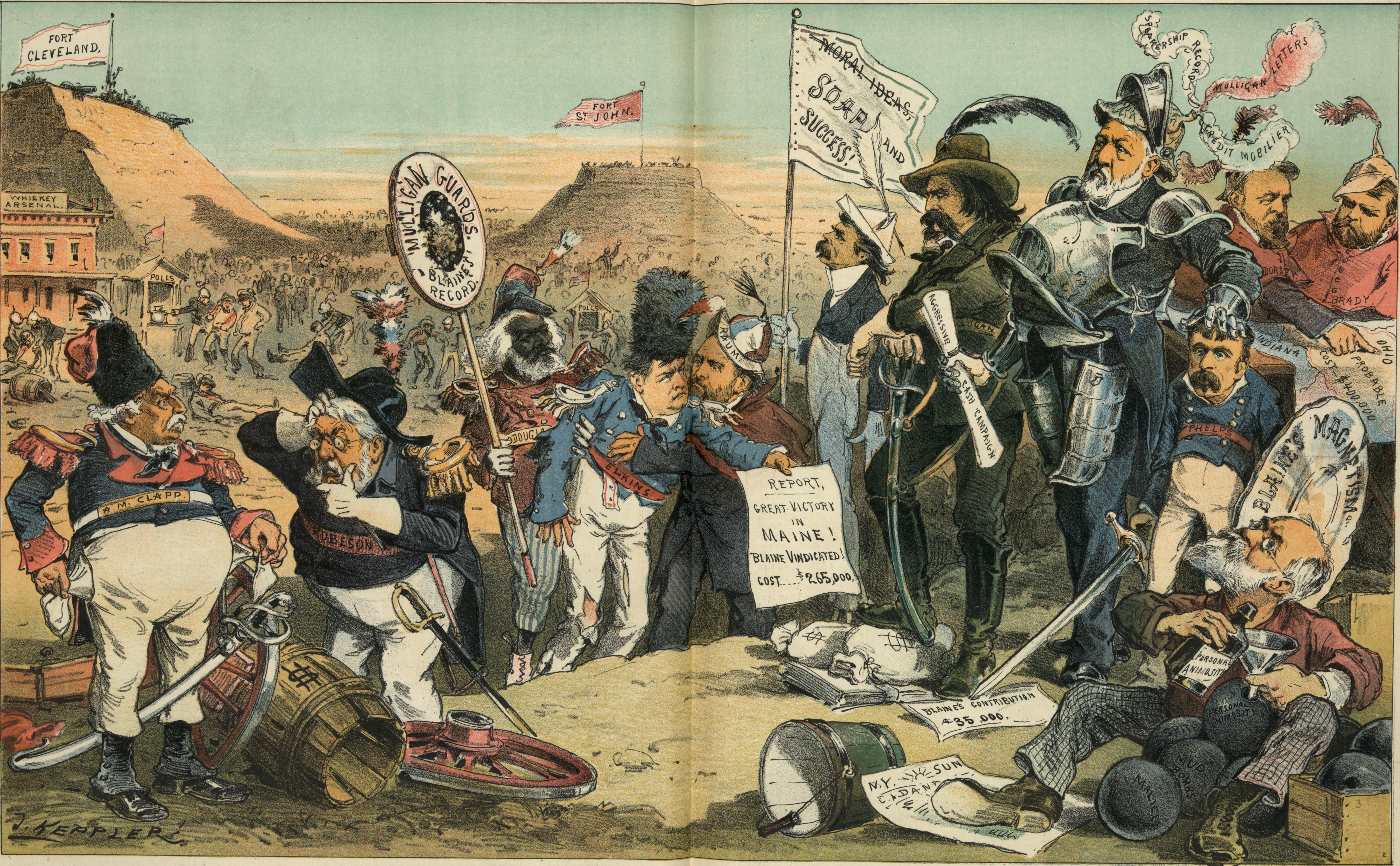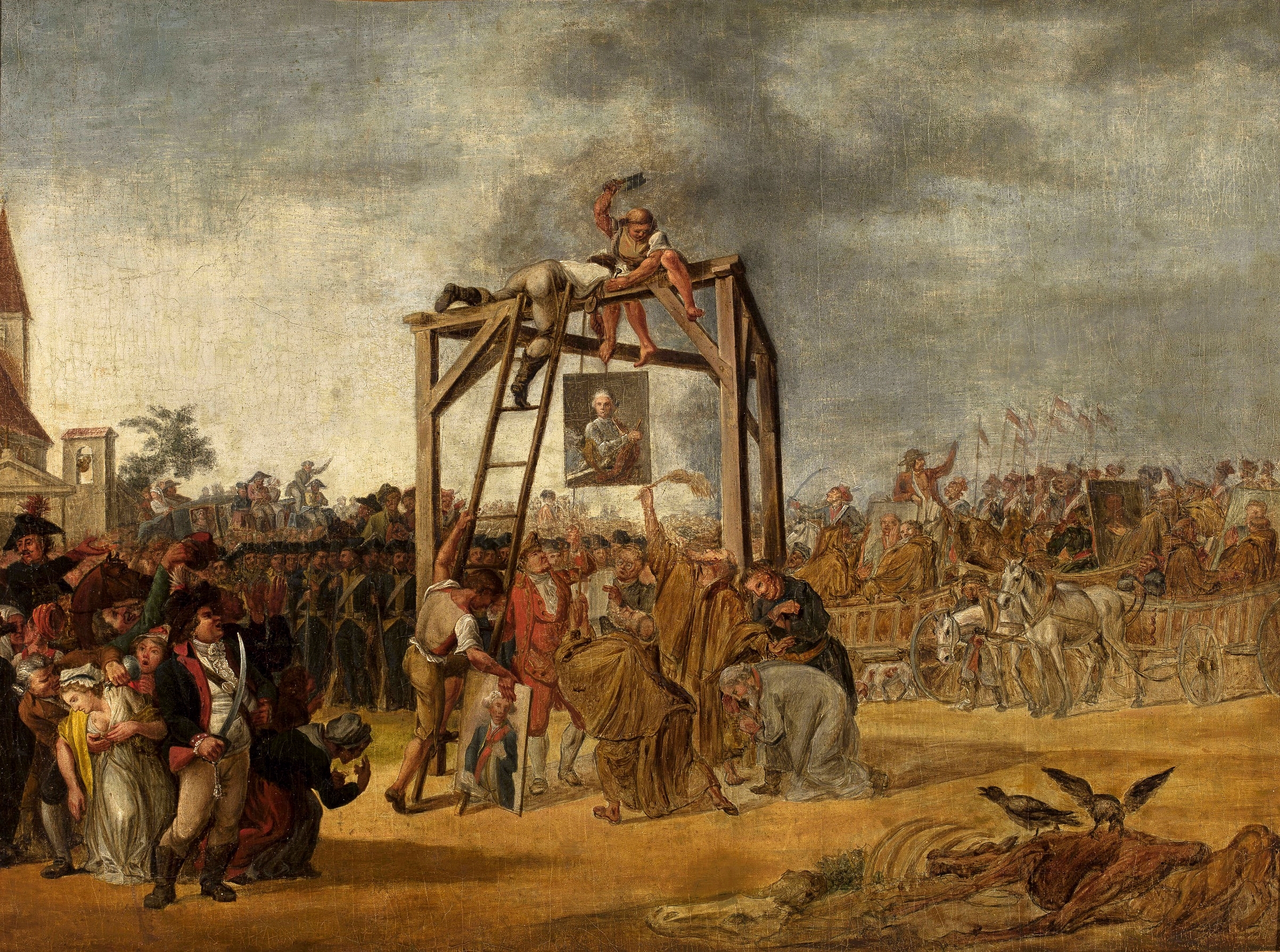|
Battle Of Zieleńce
The Battle of Zieleńce was a battle in the Polish–Russian War of 1792, in defence of the Polish Constitution of 3 May 1791. The battle took place on 18 June 1792, between the Polish–Lithuanian Commonwealth Army of Józef Poniatowski and an Imperial Russian Army group under the command of General Irakly Morkov, which was a part of General Mikhail Krechetnikov's Russian forces invading the Polish–Lithuanian Commonwealth from the south. The battle ended in Polish victory, as the Russian assault was repulsed, although the Poles soon withdrew from the battlefield. Prelude Polish forces had been retreating for several weeks, avoiding a decisive engagement with the numerically superior Russian forces. On 15 June, the joined Polish forces reached Połonne. After a meeting, the Polish commanders decided to withdraw because they did not have the possibility of defending a town that did not have fortifications. On 17 June, Polish commander Prince Józef Poniatowski received infor ... [...More Info...] [...Related Items...] OR: [Wikipedia] [Google] [Baidu] |
Polish–Russian War Of 1792
The Polish–Russian War of 1792 (also, War of the Second Partition, and in Polish sources, War in Defence of the Constitution ) was fought between the Polish–Lithuanian Commonwealth on one side, and the Targowica Confederation (conservative nobility of the Commonwealth opposed to the new Constitution of 3 May 1791) and the Russian Empire under Catherine the Great on the other. The war took place in two theaters: a northern in Lithuania and a southern in what is now Ukraine. In both, the Polish forces retreated before the numerically superior Russian forces, though they offered significantly more resistance in the south, thanks to the effective leadership of Polish commanders Prince Józef Poniatowski and Tadeusz Kościuszko. During the three-month-long struggle several battles were fought, but no side scored a decisive victory. The largest success of the Polish forces was the defeat of one of the Russian formations at the Battle of Zieleńce on 18 June; in the aftermath ... [...More Info...] [...Related Items...] OR: [Wikipedia] [Google] [Baidu] |
Mikhail Golenishchev-Kutuzov
Prince Mikhail Illarionovich Golenishchev-Kutuzov ( rus, Князь Михаи́л Илларио́нович Голени́щев-Куту́зов, Knyaz' Mikhaíl Illariónovich Goleníshchev-Kutúzov; german: Mikhail Illarion Golenishchev-Kutuzov Graf von Smolensk; – ) was a Field Marshal of the Russian Empire. He served as a military officer and a diplomat under the reign of three Romanov monarchs: Empress Catherine II, and Emperors Paul I and Alexander I. Kutuzov was shot in the head twice while fighting the Turks (1774 and 1788) and survived the serious injuries seemingly against all odds. He defeated Napoleon as commander-in-chief using attrition warfare in the Patriotic war of 1812. Alexander I, the incumbent Tsar during Napoleon's invasion, would write that he would be remembered amongst Europe's most famous commanders and that Russia would never forget his worthiness. Early career Mikhail Kutuzov was born in Saint Petersburg on 16 September 1745. His father, Lieute ... [...More Info...] [...Related Items...] OR: [Wikipedia] [Google] [Baidu] |
Conflicts In 1792
Conflict may refer to: Arts, entertainment, and media Films * ''Conflict'' (1921 film), an American silent film directed by Stuart Paton * ''Conflict'' (1936 film), an American boxing film starring John Wayne * ''Conflict'' (1937 film), a Swedish drama film directed by Per-Axel Branner * ''Conflict'' (1938 film), a French drama film directed by Léonide Moguy * ''Conflict'' (1945 film), an American suspense film starring Humphrey Bogart * ''Catholics: A Fable'' (1973 film), or ''The Conflict'', a film starring Martin Sheen * ''Judith'' (1966 film) or ''Conflict'', a film starring Sophia Loren * ''Samar'' (1999 film) or ''Conflict'', a 1999 Indian film by Shyam Benegal Games * ''Conflict'' (series), a 2002–2008 series of war games for the PS2, Xbox, and PC * ''Conflict'' (video game), a 1989 Nintendo Entertainment System war game * '' Conflict: Middle East Political Simulator'', a 1990 strategy computer game Literature and periodicals * ''Conflict'' (novel) ... [...More Info...] [...Related Items...] OR: [Wikipedia] [Google] [Baidu] |
Tomb Of The Unknown Soldier (Warsaw)
The Tomb of the Unknown Soldier ( pl, Grób Nieznanego Żołnierza) is a monument in Warsaw, Poland, dedicated to the unknown soldiers who have given their lives for Poland. It is one of many such national tombs of unknowns that were erected after World War I, and the most important such monument in Poland. The monument, located at Piłsudski Square, is the only surviving part of the Saxon Palace that occupied the spot until World War II. Since 2 November 1925 the tomb houses the unidentified body of a young soldier who fell during the Defence of Lwów. Since then, earth from numerous battlefields where Polish soldiers have fought has been added to the urns housed in the surviving pillars of the Saxon Palace. The Tomb is constantly lit by an eternal flame and assisted by a guard post provided by the three companies of the 1st Guards Battalion, Representative Honor Guard Regiment of the Polish Armed Forces. It is there that most official military commemorations take place in P ... [...More Info...] [...Related Items...] OR: [Wikipedia] [Google] [Baidu] |
Virtuti Militari
The War Order of Virtuti Militari (Latin: ''"For Military Virtue"'', pl, Order Wojenny Virtuti Militari) is Poland's highest military decoration for heroism and courage in the face of the enemy at war. It was created in 1792 by Polish King Stanislaus II Augustus and is the oldest military decoration in the world still in use. It is awarded in five classes either for personal heroism or, to commanders, for leadership. Some of the heroic actions recognized by an award of the Virtuti Militari are equivalent to those meriting the British Victoria Cross, the German Iron Cross, and the American Medal of Honor. Soon after its introduction, however, the Polish–Lithuanian Commonwealth was destroyed in the partitions of Poland (1795), and the partitioning powers abolished the decoration and prohibited its wearing. Since then, the award has been reintroduced, renamed and banned several times, with its fate closely reflecting the vicissitudes of the Polish people. Throughout the decorat ... [...More Info...] [...Related Items...] OR: [Wikipedia] [Google] [Baidu] |
Stanisław II Augustus
Stanislav and variants may refer to: People *Stanislav (given name), a Slavic given name with many spelling variations (Stanislaus, Stanislas, Stanisław, etc.) Places * Stanislav, a coastal village in Kherson, Ukraine * Stanislaus County, California * Stanislaus River, California * Stanislaus National Forest, California * Place Stanislas, a square in Nancy, France, World Heritage Site of UNESCO * Saint-Stanislas, Mauricie, Quebec, a Canadian municipality * Stanizlav, a fictional train depot in the game '' TimeSplitters: Future Perfect'' * Stanislau, German name of Ivano-Frankivsk, Ukraine Schools * St. Stanislaus High School, an institution in Bandra, Mumbai, India * St. Stanislaus High School (Detroit) * Collège Stanislas de Paris, an institution in Paris, France * California State University, Stanislaus, a public university in Turlock, CA * St Stanislaus College (Bathurst), a secondary school in Bathurst, Australia * St. Stanislaus College (Guyana), a secondary school in ... [...More Info...] [...Related Items...] OR: [Wikipedia] [Google] [Baidu] |
Pyrrhic Victory
A Pyrrhic victory ( ) is a victory that inflicts such a devastating toll on the victor that it is tantamount to defeat. Such a victory negates any true sense of achievement or damages long-term progress. The phrase originates from a quote from Pyrrhus of Epirus, whose triumph against the Romans in the Battle of Asculum in 279 BC destroyed much of his forces, forcing the end of his campaign. Etymology ''Pyrrhic victory'' is named after King Pyrrhus of Epirus, whose army suffered irreplaceable casualties in defeating the Romans at the Battle of Heraclea in 280 BC and the Battle of Asculum in 279 BC, during the Pyrrhic War. After the latter battle, Plutarch relates in a report by Dionysius: In both Epirote victories, the Romans suffered greater casualties but they had a much larger pool of replacements, so the casualties had less impact on the Roman war effort than the losses of King Pyrrhus. The report is often quoted as or Examples War This list comprises examples of b ... [...More Info...] [...Related Items...] OR: [Wikipedia] [Google] [Baidu] |
Iziaslav, Ukraine
Iziaslav ( uk, Ізя́слав, ) or Zaslav ( uk, Заслав, links=no, ; pl, Zasław) is one of the oldest cities in Volhynia. Situated on the Horyn river ( uk, Горинь, links=no) in western Ukraine, the city dates back to the 11th century. Iziaslav belongs to Shepetivka Raion of Khmelnytskyi Oblast. It hosts the administration of Iziaslav settlement hromada, one of the hromadas of Ukraine. Population: History Izyaslav was first mentioned in 1390. It was a private town in Poland, owned by the Zasławski and Sanguszko families. It was part of the Polish Volhynian Voivodeship. In 1583 it was granted Magdeburg city rights. After the Partitions of Poland Izyaslav was part of the Russian Empire – Volhynian Governorate. At the beginning of World War II, the town had a Jewish population representing 28% of the inhabitants. As soon as the Germans occupied the town, Jews were kept imprisoned in a ghetto and were later murdered in mass executions perpetrated by ''Einsatzg ... [...More Info...] [...Related Items...] OR: [Wikipedia] [Google] [Baidu] |
Wojciech Kossak Po Bitwie Pod Zieleńcami
Wojciech () is a Polish name, equivalent to Czech Vojtěch , Slovak Vojtech, and German Woitke. The name is formed from two components in archaic Polish: * ''wój'' (Slavic: ''voj''), a root pertaining to war. It also forms words like ''wojownik'' ("warrior") and ''wojna'' ("war"). * ''ciech'' (from an earlier form, ''tech''), meaning "joy". The resulting combination means "he who enjoys war" or "joyous warrior". Its Polish diminutive forms include ''Wojtek'' , ''Wojtuś'' , ''Wojtas'', ''Wojcio'', ''Wojteczek'', ''Wojcieszek'', ''Wojtaszka'', ''Wojtaszek'', ''Wojan'' (noted already in 1136), ''Wojko'', and variants noted as early as 1400, including ''Woytko'', ''Woythko'', and ''Voytko''. The feminine form is Wojciecha (). Related names in South Slavic languages include ''Vojko'', ''Vojislav'', and ''Vojteh''. The name has been rendered into German in several different variations, including: ''Woitke'', ''Witke'', ''Voitke'', ''Voytke'', ''Woytke'', ''Vogtke'', ''Woytegk'', ''W ... [...More Info...] [...Related Items...] OR: [Wikipedia] [Google] [Baidu] |
Targowica Confederation
The Targowica Confederation ( pl, konfederacja targowicka, , lt, Targovicos konfederacija) was a Confederation (Poland), confederation established by Polish–Lithuanian Commonwealth, Polish and Lithuanian magnates on 27 April 1792, in Saint Petersburg, with the backing of the Russian Empress Catherine II of Russia, Catherine II. The confederation opposed the Constitution of 3 May 1791 and fought in the Polish–Russian War of 1792, which led to the Second Partition of Poland, Second and Third Partition of Poland, Third Partitions of Poland. History The Targowica confederation opposed the Constitution of 3 May 1791, which had been adopted by the Great Sejm, especially the provisions limiting the privileges of the nobility. The text of the founding act of the confederation was drafted by the Russian general Vasili Stepanovich Popov, Chief of Staff of Prince Grigori Alexandrovich Potemkin. Its purpose was proclaimed in the small town of Targowica and the Potocki's estate (now in H ... [...More Info...] [...Related Items...] OR: [Wikipedia] [Google] [Baidu] |
Stanisław Mokronowski
Stanisław Mokronowski (1761-1821) was a prominent member of the Polish landed gentry of Bogoria coat of arms. A general of the Polish Army and a royal Chamberlain Mokronowski took part in both the Polish–Russian War of 1792 (War in the Defence of the Constitution) and Kościuszko's Uprising of 1794. Early life Stanisław Mokronowski was born in 1761 to Ludwik Mokronowski and Józefa née Czosnowska. Educated by Jesuits, he later studied at the Szkoła Rycerska (Knight's School, also known as the Cadet Corps) in Warsaw, and later in Paris. He entered the military service in Poland, but for a few years he served in the French military. Polish-Lithuanian Commonwealth Four-Year Sejm He returned to Poland in 1788, and on the sejmik at Wyszogród land he was elected the deputy to the national Sejm (parliament), thus becoming a member of the famous [...More Info...] [...Related Items...] OR: [Wikipedia] [Google] [Baidu] |





